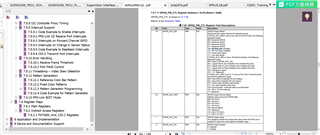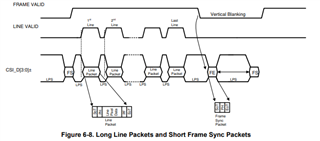
We configure the 0x10 register to 0x81 so that GPIO outputs a high level when the camera is plugged in and a low level when the camera is unplugged.
Now we need to configure the output to be high when the camera is unplugged and low when the camera is plugged in.
How should we configure it


